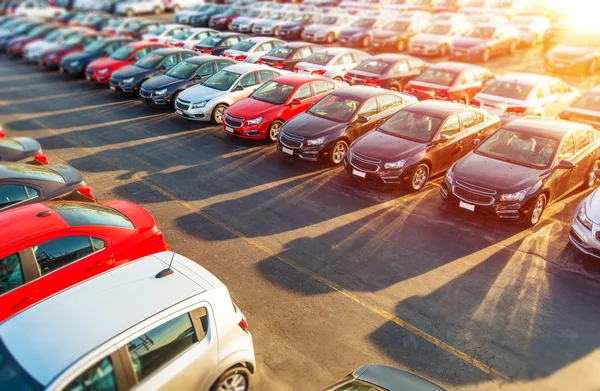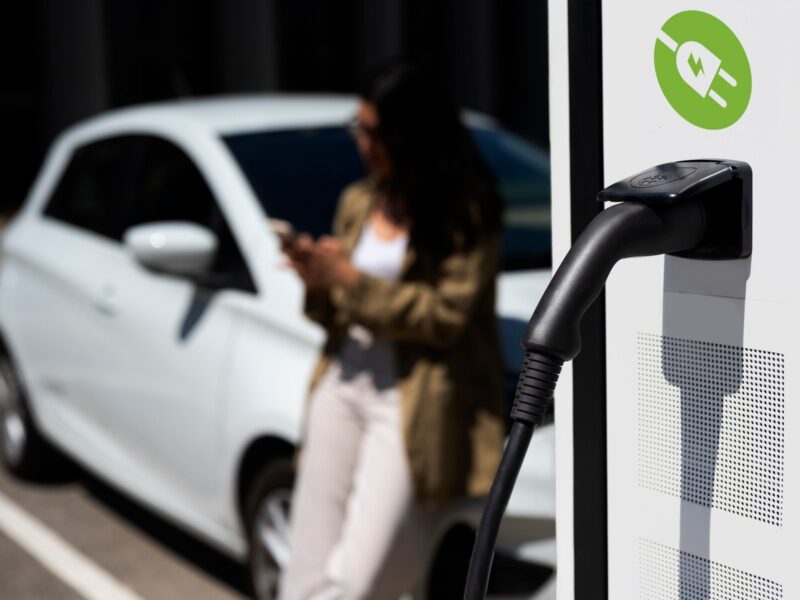According to research, the automotive tinting film market will reach $1,679.2 million by 2027. The market is growing at a 3.8% Compound Annual Growth Rate (CAGR).
When selecting window film, the variety of window film choices available can be overwhelming. So, you need to know how to select the best car window tint that will meet your needs.
Besides, auto window tinting protects the interior of your car from sun damage. It also reduces glare when driving, and improves the overall appearance of your vehicle.
Window tinting can also help to reduce heat in the vehicle. This is useful for those who live in hot environments or frequently park outside.
However, not all window tint products are made equal. The best window tint product can be difficult to identify in a crowded marketplace.
Here are simple tips to help you select the best car window tint that will provide you with all the benefits you desire while also lasting longer.
Contents
Your Current Location
Before choosing a car window tint, the first thing to consider is your location. Most types of car window tint are mainly for aesthetic improvements and protection against UV rays.
But, if you live in areas with hotter climates, consider having car window tints that block Infrared rays or provide IR protection. The car window tint should block the heat from the sun.
IR protection comes second to UV blocking car window films for people in colder climates. If interior cabin heat isn’t a huge concern, a mid-range window tint will do fine.
Understand Visible Light Transmission
Visible light transmission or VLT is a major property of a car window tint.
Manufacturers list VLT as a percentage, and most buyers are often confused about the number. Buyers mistakenly think the percentage explains how dark the car window tint will be.
But, VLT identifies the amount of light passing through the film. For instance, when a manufacturer lists a VLT of 35% on the film, expect to have little light passing through your car windows.
At that level of VLT, the car window tint blocks out 65% of all light. So, the lower the VLT, the lesser the light passing through into your car, and the darker the tint.
Window Tinting Percentages
When you buy your car from your dealer, the factory glass does not have tint. Window tint percentages usually range between 5% and 50%.
Tint percentages determine the amount of VLT passing through your car windows. The lower the tint percentage, the darker the tint, and the lesser the light will pass through.
And, the higher the tint percentage, the more the light will pass through into your car. Major window tint manufacturers like LLumar; Formula One auto tint producers stick to standard percentages: 5%, 20%, 35%, and 50%.
Most car owners opt for a 50% tint percentage. The tint percentage blocks half the light and is good at blocking UV rays and heat from getting into your car.
The 50% tint is also the national average on what percentage is legal in the US. The tint will also reduce glares, making it easy on your eye when you drive.
Window Tint Laws
Like many automotive rules and regulations, car window tint laws are unique to each state in the US. Most laws focus on the VLT of a window tint.
Such laws serve to protect law enforcement officers when pulling over a vehicle. The laws also ensure drivers have clear visibility in low light hours.
It’s important to know the window tint laws for your state. If you plan on moving any time soon, also ensure you know the window tint laws of the other state as well.
Consult a Car Window Tint Expert
Since choosing your car window tint can be overwhelming, ensure you consult the experts. Window tint experts will guide you in choosing one of the many types of car window tints.
The expert you choose to install car window tints should have the expertise and experience with car window tints. The expert should leave your car looking classy.
Understand Your Options
Though there are various types of car window tints, there are two that stand out. These two will give you the best protection.
They include:
Carbon Color Stable Window Tint
The major protective qualities of premium window films start at the carbon window tint level. Nanocarbon technology in the tint provides more strength and shatter resistance.
The tint also prevents up to 99% of UV rays. That reduces damage to your car’s interior and reduces skin cancer potential.
When the installers do the work correctly, carbon color stable window tints may provide you with more than ten years of protection.
Ceramic IR Window Tint
Ceramic tint is the upper tier of car window tint. The tint blocks almost all UVA and UVB and reduces more than 90% of IR transmission. Some new Ceramic IR tints elevate the protection to about 96%.
Manufacturers create films by infusing Nanoceramic particles with many layers of the film. That provides a stronger and more durable adhesion and also reflects sun rays.
These benefits will also feature metalized film, hybrid, or crystalline window films. But, these tints interfere with cell phone signals.
Nanotechnology in Ceramic IR window tints mitigates this problem. The tint won’t interrupt your vehicle’s Bluetooth, radio, Wi-Fi, and cell phone reception.
Consider Installing the Best Car Window Tint
Choosing the best car window tint might be challenging, especially if you have never tinted your windows before. That’s true if you are attempting to navigate the legal restrictions in your state.
Remember, the best car window tint will keep your vehicle’s interior cool and comfortable. In the long run, having a car window tint will be an affordable way to ensure you and your car is safe for many years to come.
Also, window tints may increase your car resell value in the future.
Check out our other blog posts if you’ve enjoyed reading this post.



